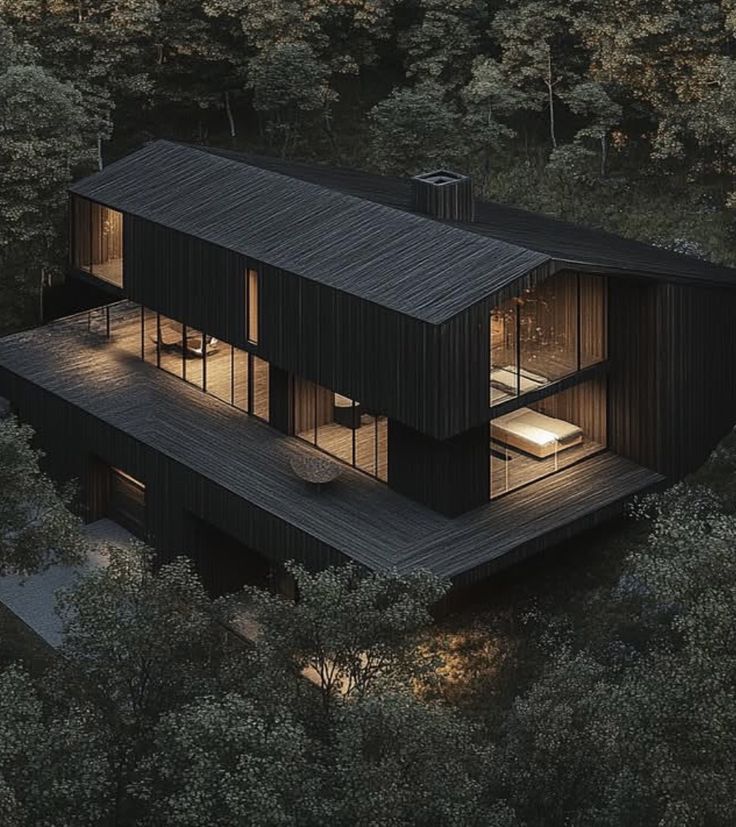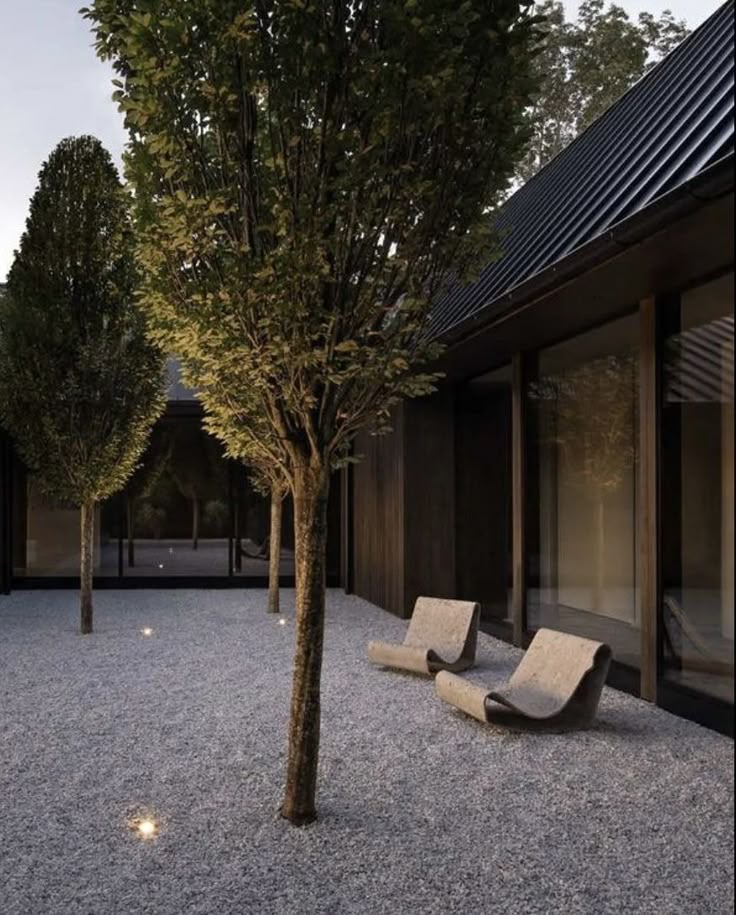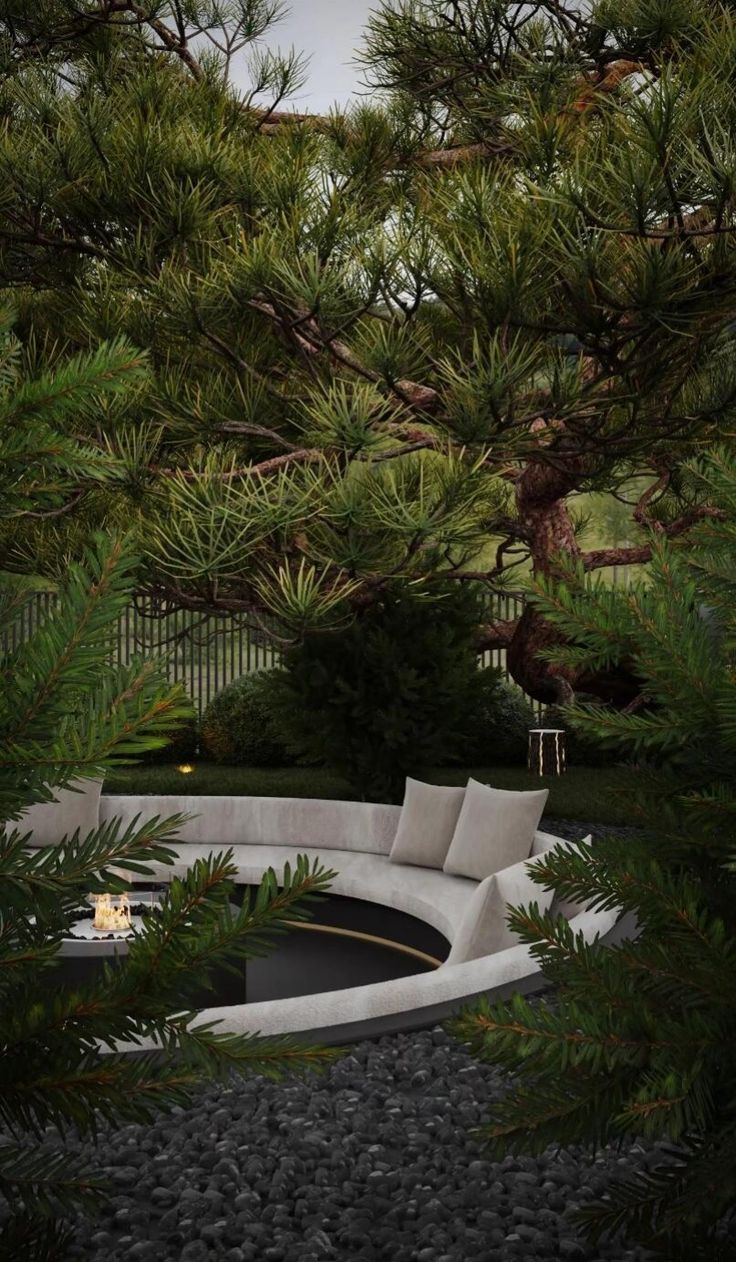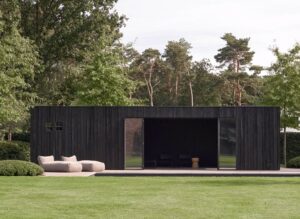Wildfires pose a serious threat to homes, especially in fire-prone areas. While structural materials and interior design choices can enhance fire resistance, the landscape surrounding your home also plays a crucial role in fire prevention. Creating a defensible space and selecting the right plants can help reduce fire risks and improve your home’s safety.

Understanding Defensible Space
Defensible space is the buffer between your home and the surrounding vegetation, designed to slow or stop the spread of wildfires. A well-maintained defensible space also provides firefighters with a safer area to work in case of an emergency. The key to an effective defensible space is to create distinct zones:
Zone 1 (0–5 feet from the house): Keep this area free of combustible materials. Use non-flammable hardscaping like gravel, concrete, or stone pathways. Choose plants with high moisture content and avoid wooden mulch.
Zone 2 (5–30 feet from the house): Space trees and shrubs apart to prevent flames from jumping between them. Remove dead vegetation, prune tree branches, and opt for fire-resistant plants.
Zone 3 (30–100 feet from the house): Thin out trees and shrubs to create a more open landscape. Reduce dense brush and maintain a healthy, irrigated lawn or ground cover.


Choosing Fire-Resistant Plants
Some plants are naturally more fire-resistant due to their high moisture content, minimal oil or resin production, and slow burn rate. Consider incorporating the following:
Succulents and cacti (e.g., agave, aloe, sedum) retain water and are excellent choices for fire-prone areas.
Deciduous trees (e.g., maple, cherry, aspen) are less likely to ignite than coniferous trees.
Herbaceous perennials (e.g., lavender, yarrow, daylilies) add greenery without increasing fire risk.
Ground covers (e.g., ice plant, creeping thyme) provide low-maintenance, fire-resistant coverage.


Additional Fire-Smart Landscaping Tips
Maintain a Clean Landscape: Regularly remove dry leaves, pine needles, and dead plant material.
Keep Your Landscape Hydrated: Maintain a well-watered landscape to prevent dry conditions that fuel fires.
Create Natural Firebreaks: Use hardscaping features like stone walls and pathways to create natural firebreaks.
Use Fire-Resistant Materials: Install fire-resistant fencing and outdoor furniture made from non-combustible materials.

A Holistic Approach to Fire Safety
Landscaping is just one component of a comprehensive fire-prevention strategy. To further enhance your home’s fire resilience, explore the other posts in our fire safety series:
Building a Fire-Safe Home: Structural Considerations – Learn about key architectural elements that improve fire resistance.
Fire-Resistant Materials: Choosing the Best for Your Home – Discover the best materials to use for a fire-safe home.
Interior Design for Fire Safety: Smart Choices for a Safer Home – See how interior design can contribute to fire prevention.




